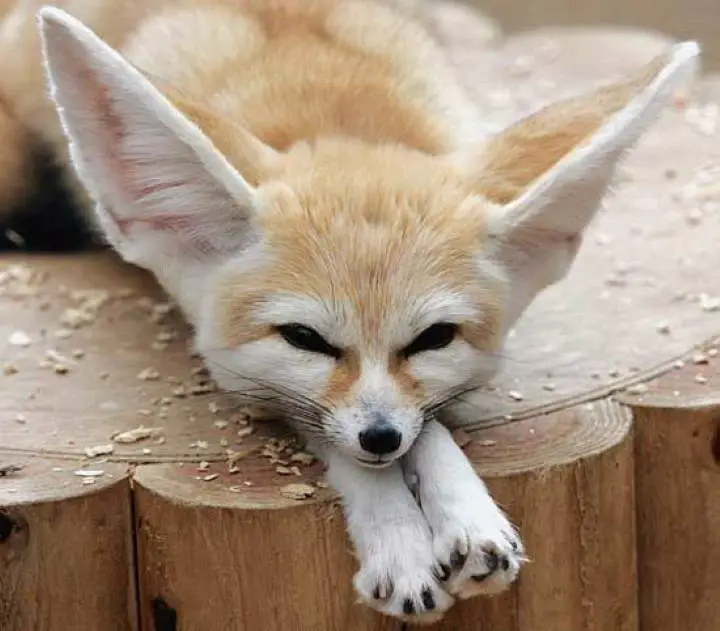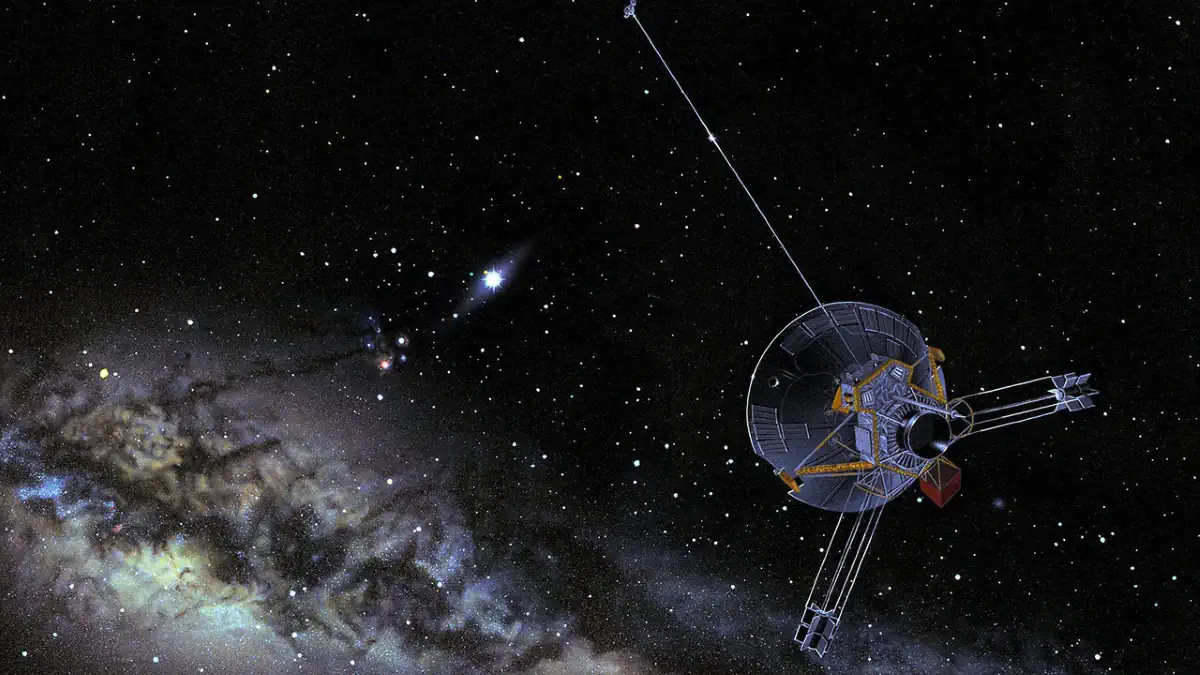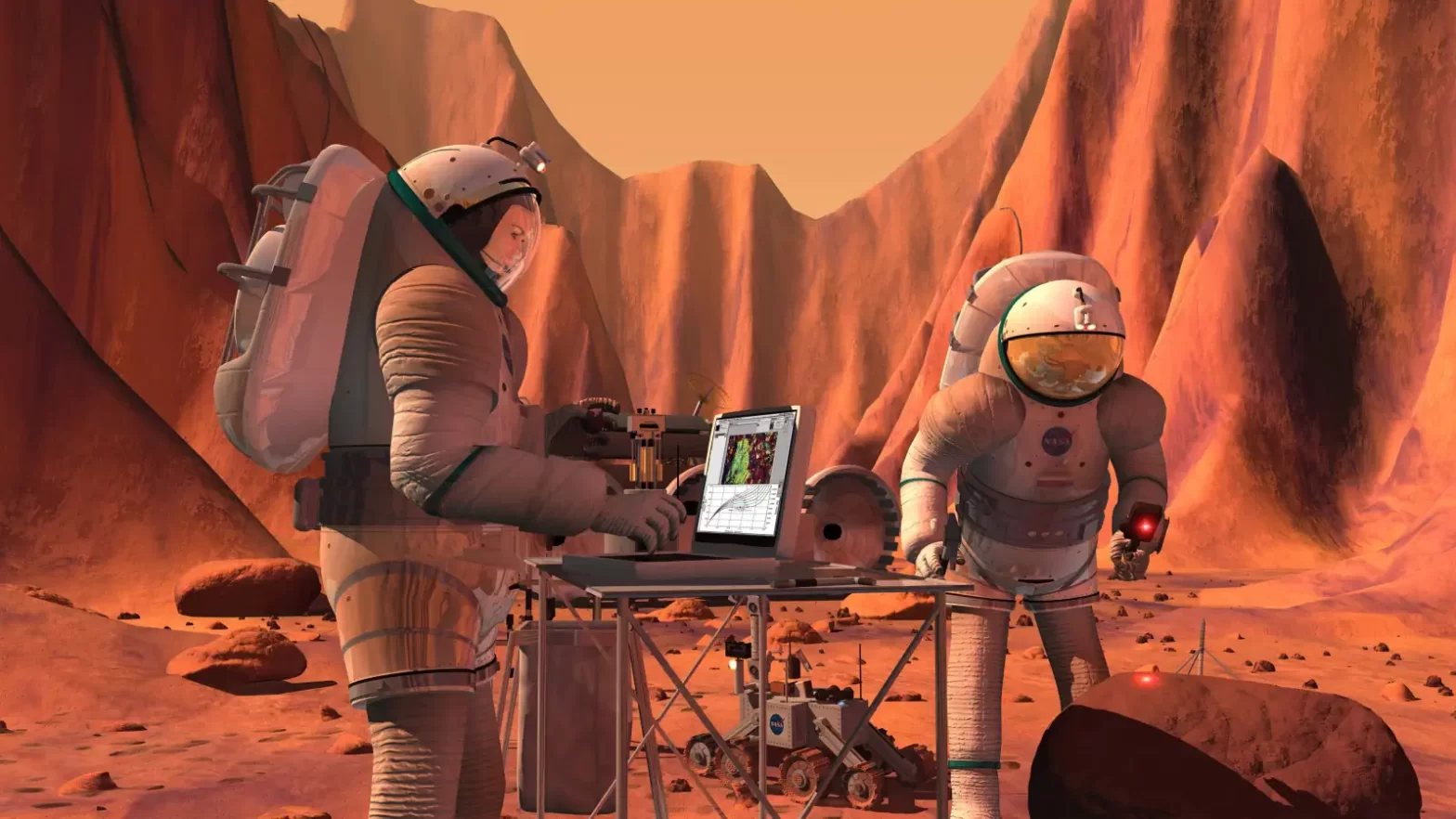Pesticides may be essential in ensuring abundant and healthy yields of many crops, but so far, the techniques used to spray them have led to considerable environmental damage. In his research, Dr. Mark Gleason, a plant pathologist at Iowa State University, assesses the performance of new technologies that can deploy pesticides on apple trees in more efficient and less hazardous ways. These approaches enable farmers to minimize pesticide use without sacrificing crop yields. Through combining laser-based ‘LiDAR‘ (light detection and ranging) technology with disease-warning systems to time sprays efficiently, his project team hopes to offer more sustainable and environmentally friendly options for apple growers.
Continue reading “Sustainable Pesticide Use with Intelligent Spraying”Why do leaves change color in the fall?
Plants are green because their cells contain chlorophyll (a green pigment, see notes 1) inside little structures called chloroplasts. Chlorophyll is green because it absorbs other wavelengths of light, but reflects the wavelength that we see as green. That’s why most plants are green, including trees and grass. Those wavelengths that the chlorophyll is absorbing? That’s energy! Cyanobacteria, plants, and algae use this energy can later be released to fuel the organism’s activities This process is called photosynthesis. But, why do leaves change color in the fall?
Continue reading “Why do leaves change color in the fall?”10 Amazing Fennec Fox Facts
Fennec fox (scientific name: Vulpes zerda), also known as Fennek fox, is the smallest member of the Canidae family. It is a fox species that has adapted very well to desert life and can be found in North Africa and the Arabian peninsula. Here are 10 amazing facts about Fennec Fox.
Continue reading “10 Amazing Fennec Fox Facts”Pizzly Bear: 10 Amazing Facts about Polar-Grizzly bear hybrids
Pizzly bear is a rare polar-grizzly bear hybrid. Yes, polar bears can actually breed with brown bears to produce fertile grizzly-polar bear hybrids. These hybrids are named the grolar bear, pizzly bear, or nanulak. Here are 10 amazing pizzly bear facts.
Continue reading “Pizzly Bear: 10 Amazing Facts about Polar-Grizzly bear hybrids”A small telescope beyond Saturn could solve mysteries of the universe better than giant telescopes near Earth
Dozens of space-based telescopes operate near-Earth and provide incredible images of the universe. But imagine a telescope far away in the outer solar system, 10 or even 100 times farther from the Sun than Earth. The ability to look back at our solar system or peer into the darkness of the distant cosmos would make this a uniquely powerful scientific tool.
Michael Zemcov, Rochester Institute of Technology
Continue reading “A small telescope beyond Saturn could solve mysteries of the universe better than giant telescopes near Earth”The largest island-in-a-lake-on-an-island-in-a-lake-on-an-island in the world
There’s an island within a lake that is situated on an island located in a lake on an island in the Philippines called Vulcan Points. But, it’s not the largest such island. Vulcan Points is about 50×80 meters in size (about 164×262 feet). “The largest island-in-a-lake-on-an-island-in-a-lake-on-an-island in the world ” title belongs to an island named Third Order Island: it’s about 110×120 meters in size (about 361×394 feet). Third Order Island is located in an unnamed lake that is situated on an unnamed island that is located in an unnamed lake on Victoria Island, Canada.
Continue reading “The largest island-in-a-lake-on-an-island-in-a-lake-on-an-island in the world”Dune: Could humans survive on Arrakis, the desert planet?
Dune, the epic series of sci-fi books by Frank Herbert, now turned into a movie of the same name, is set in the far future on the desert planet of Arrakis. Herbert outlined a richly-detailed world that, at first glance, seems so real we could imagine ourselves within it.
Alex Farnsworth, University of Bristol; Michael Farnsworth, University of Sheffield, and Sebastian Steinig, University of Bristol
Continue reading “Dune: Could humans survive on Arrakis, the desert planet?”Will Martian colonists be able to access the Internet?
If we can colonize Mars in the coming decades, will Martian colonists be able to access the Internet?
Continue reading “Will Martian colonists be able to access the Internet?”Urban Density in the Fight Against Climate Change
It’s no secret that climate change has brought about a wide and serious impact on the health of our planet, and will continue to do so if our practices go unchanged. One of the ways that cities tend to contribute to climate change is by utilizing poor urban planning practices that go on to impact the spread of the city and the resources it takes up.
While the existence of cities can cause issues in itself, the issue of urban density is often one of the primary concerns for improving how cities function on the resources they need. Here are just a few of the important things to know about the way urban density and city planning can impact climate change.
Continue reading “Urban Density in the Fight Against Climate Change”Forced perspective: 10 examples of why you shouldn’t believe everything you see on the Internet
Forced perspective, also known as the “trick angle” is a technique that employs optical illusion to make an object appear farther away, closer, larger, or smaller than it actually is. It is used primarily in photography, filmmaking, and architecture. It manipulates human visual perception through the use of scaled objects and the correlation between them and the vantage point of the spectator or camera.
The forced perspective technique is also widely used to fool people on the Internet to get shares: giant snakes, impossible big crocodiles or alligators, huge rats, etc. Here are 10 examples of forced perspective and why you shouldn’t believe everything you see on the Internet.
Continue reading “Forced perspective: 10 examples of why you shouldn’t believe everything you see on the Internet”








